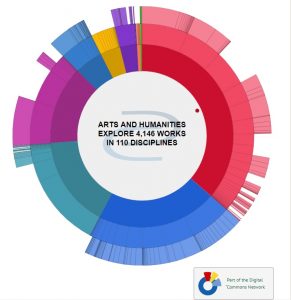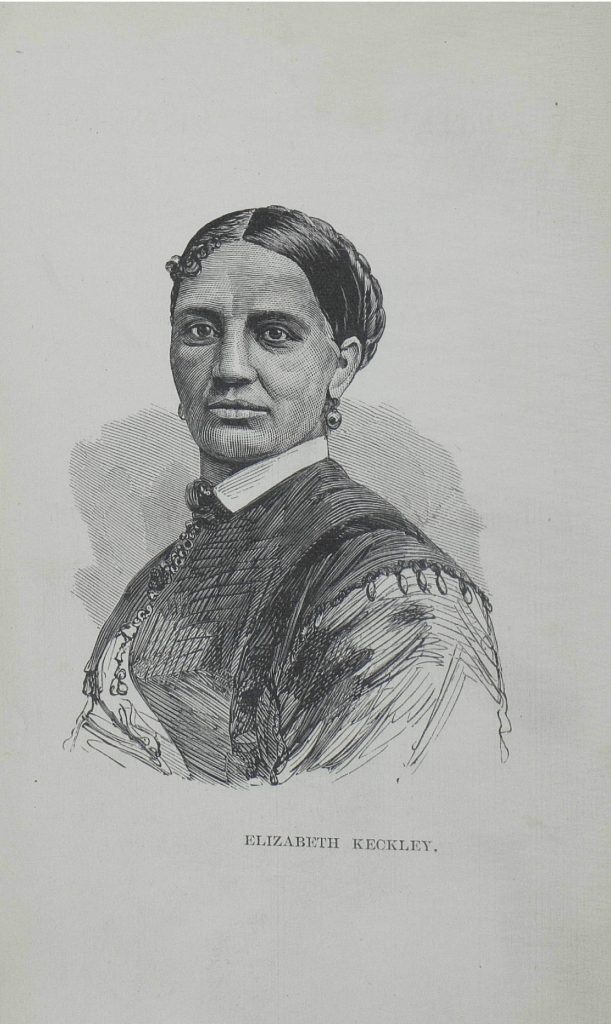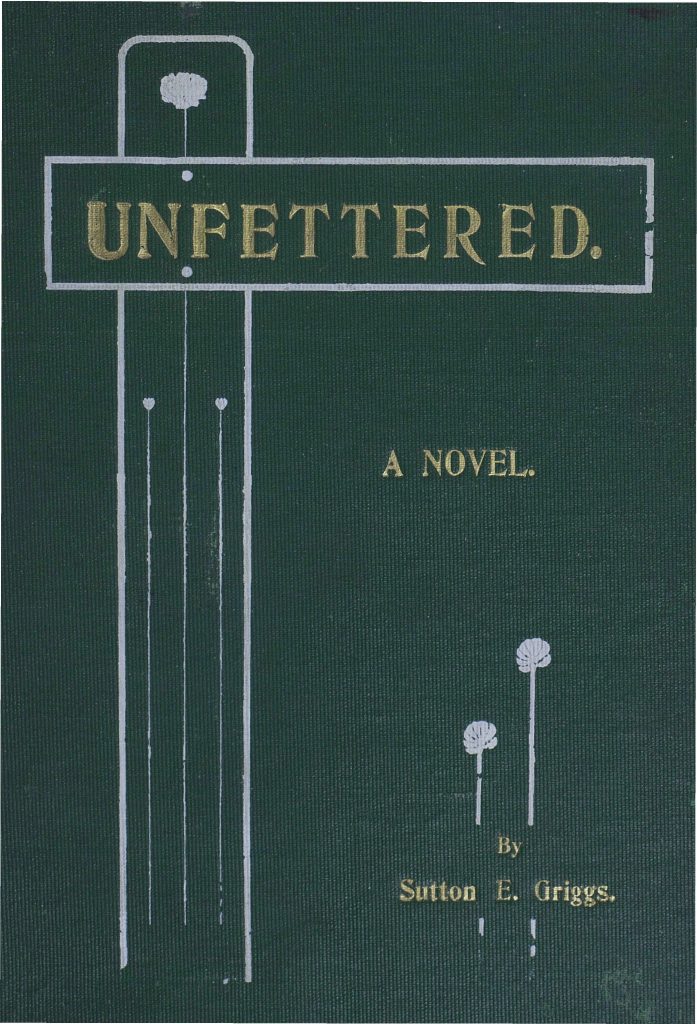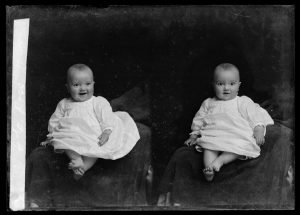You may have noticed a headline in the October 23rd Campus Weekly reading “Digital Commons @ IWU Exceeds 3 Million Downloads.” Digital Commons is Illinois Wesleyan University’s institutional repository, and it is here that students can deposit faculty- or peer-reviewed research. Additionally, Digital Commons also contains selected works from faculty, staff, and university departments, offices, and programs.

So what kinds of materials are available for download through Digital Commons?
“Student work deemed outstanding will be included in DC@IWU. These include honors theses, work presented at the John Wesley Powell Undergraduate Research Conference, works published in peer-reviewed IWU student journals and outstanding creative works as determined by faculty in a sponsoring department. Acceptable formats include text, images, video and audio files.”
http://digitalcommons.iwu.edu/student_guidelines.html
“The DC@IWU accepts a wide range of materials including text, images, video and audio files. Examples of content include, but are not limited to:
- Articles, pre-prints and post-prints (distribution rights permitting; please see SHERPA/RoMEO for more information
- Book chapters (distribution rights permitting; please contact publisher for permission. Templates with suggested language for communicating with publishers are available for your convenience.)
- Audio files
- Conference papers
- Dance performances
- Datasets
- Faculty course related output
- Musical scores and composition recordings
- Poetry and creative writing
- University produced journals
- Video files”
http://digitalcommons.iwu.edu/faculty_guidelines.html
Student work has comprised much of the 3 million downloads between 2008 and 2017. If you’re interested in making your own research available through Digital Commons, you can find the guidelines for submission here.
A live map of the downloads in real time is located at the bottom of the Digital Commons homepage: http://digitalcommons.iwu.edu/. In the past week alone, users from places as far-flung as India, China, Africa, Finland, and Australia have downloaded IWU student research!
Read more about the 3-million download milestone here: https://www.iwu.edu/news/2017/digital-commons-at-iwu-exceeds-3-million-downloads.html







